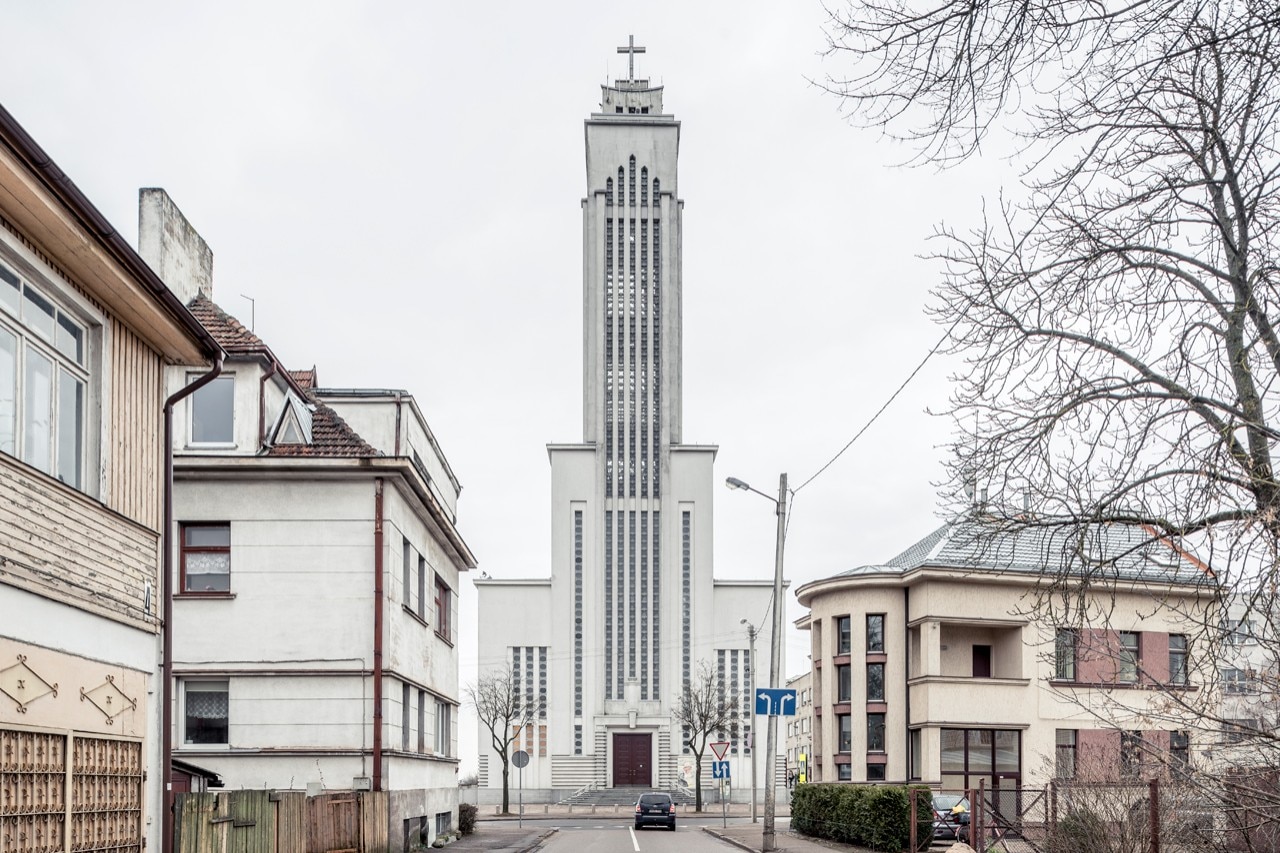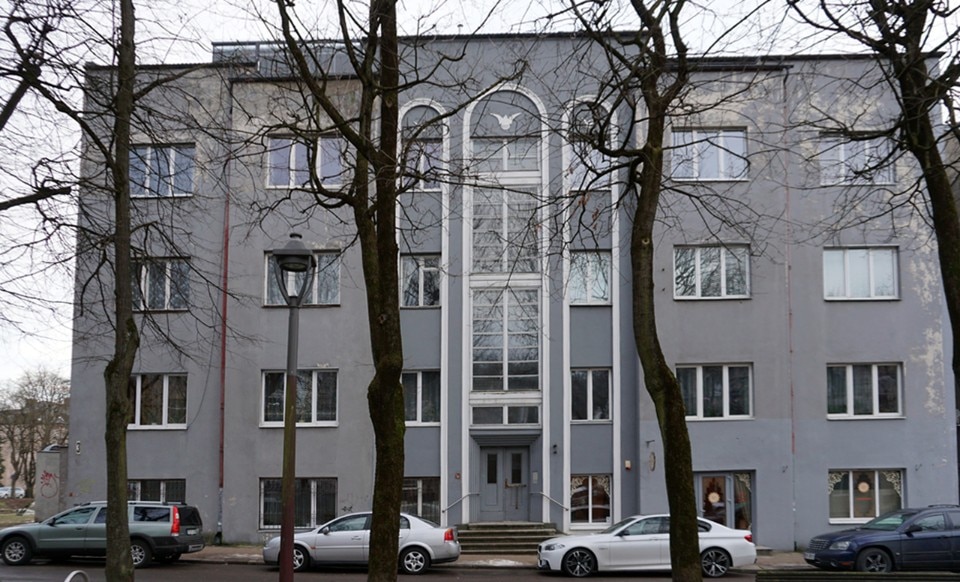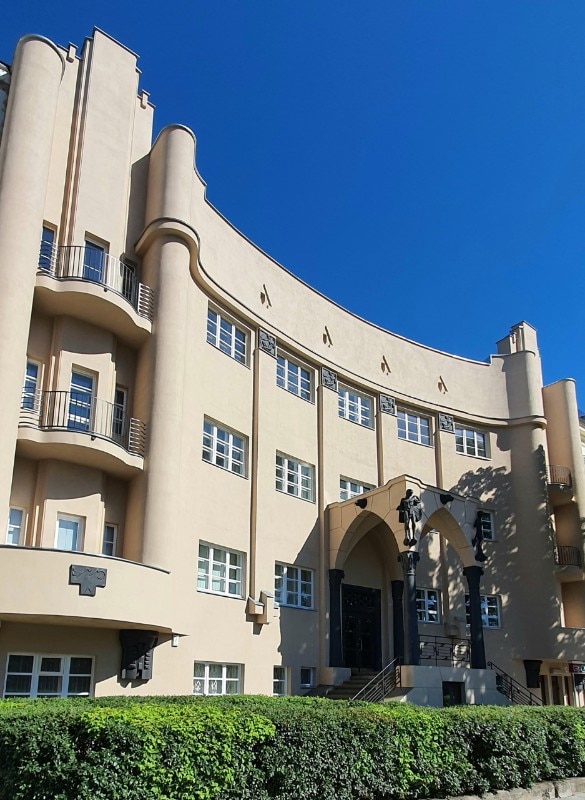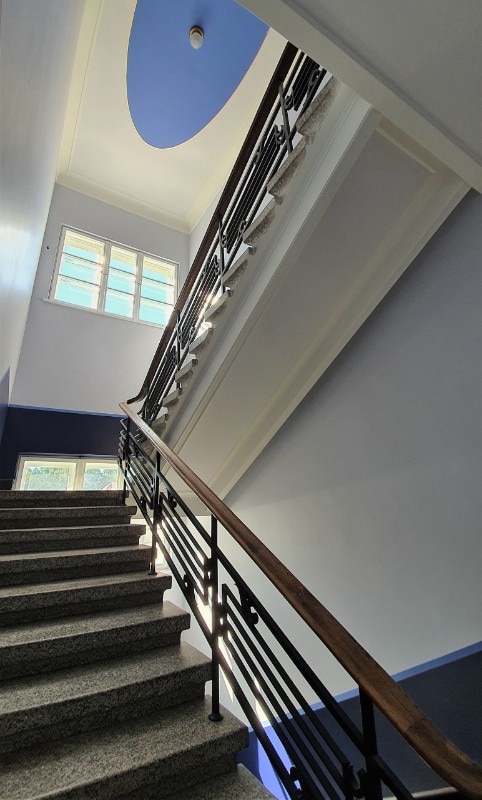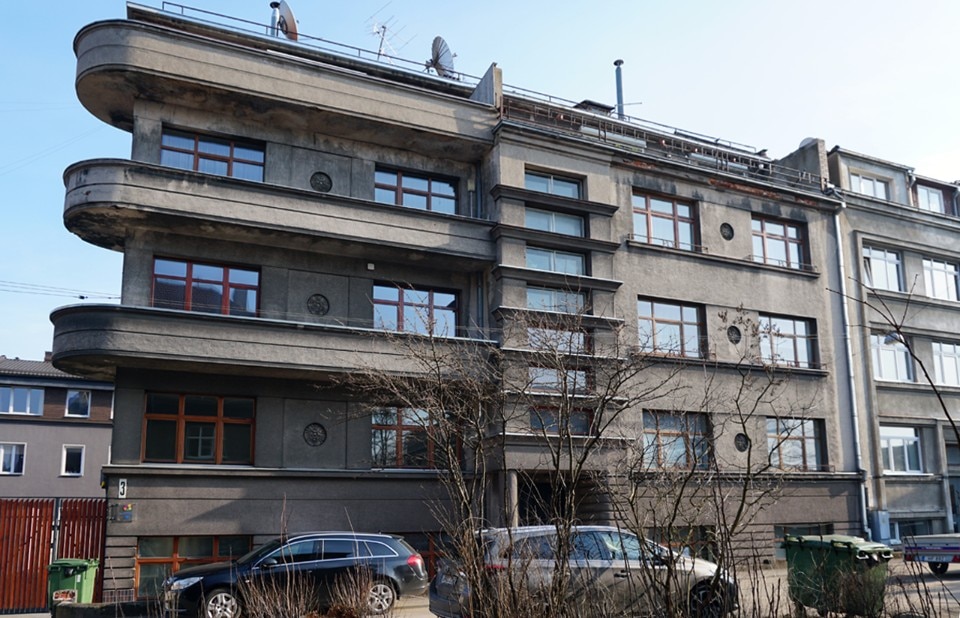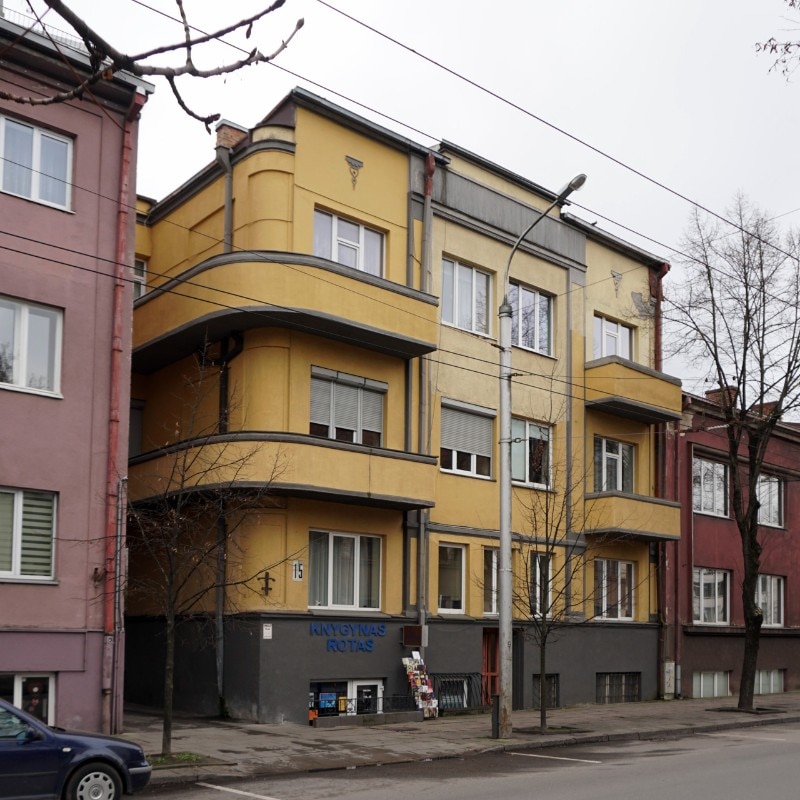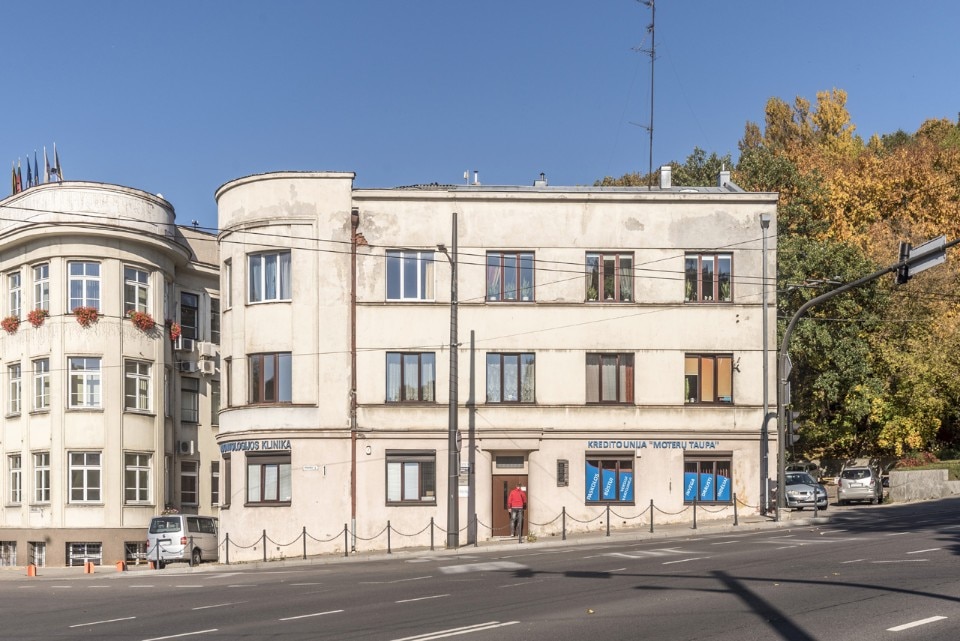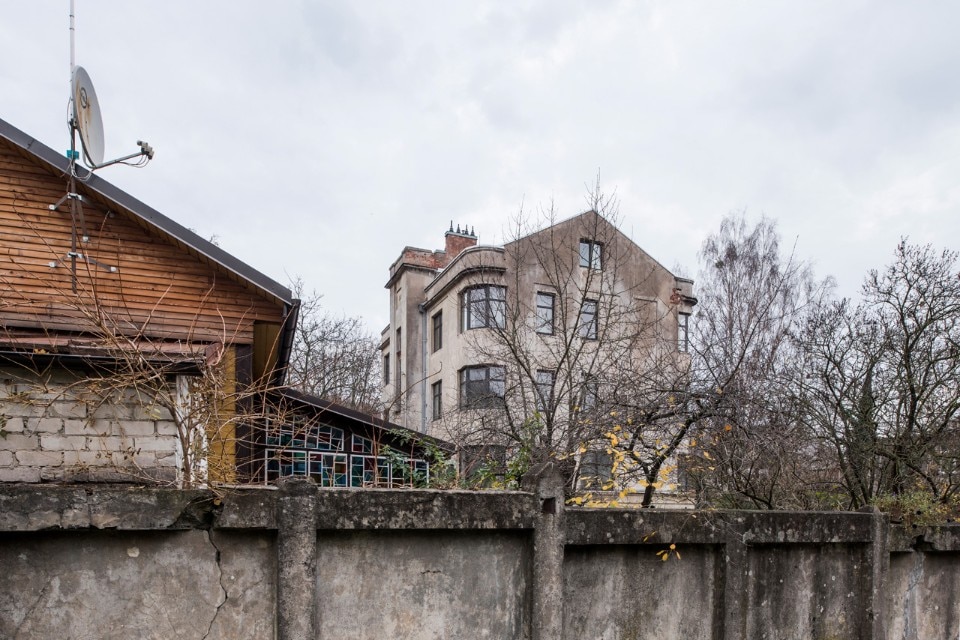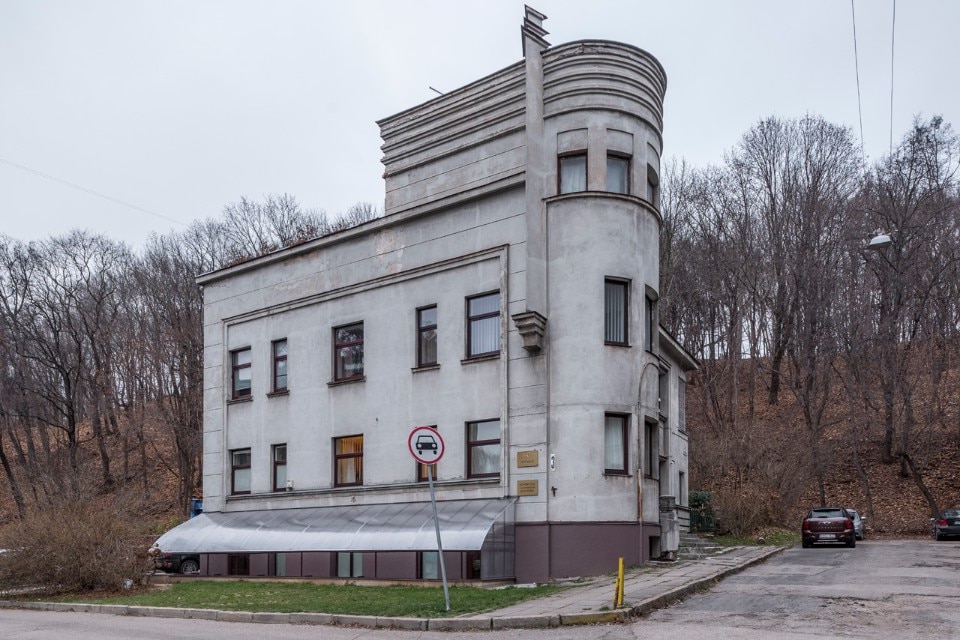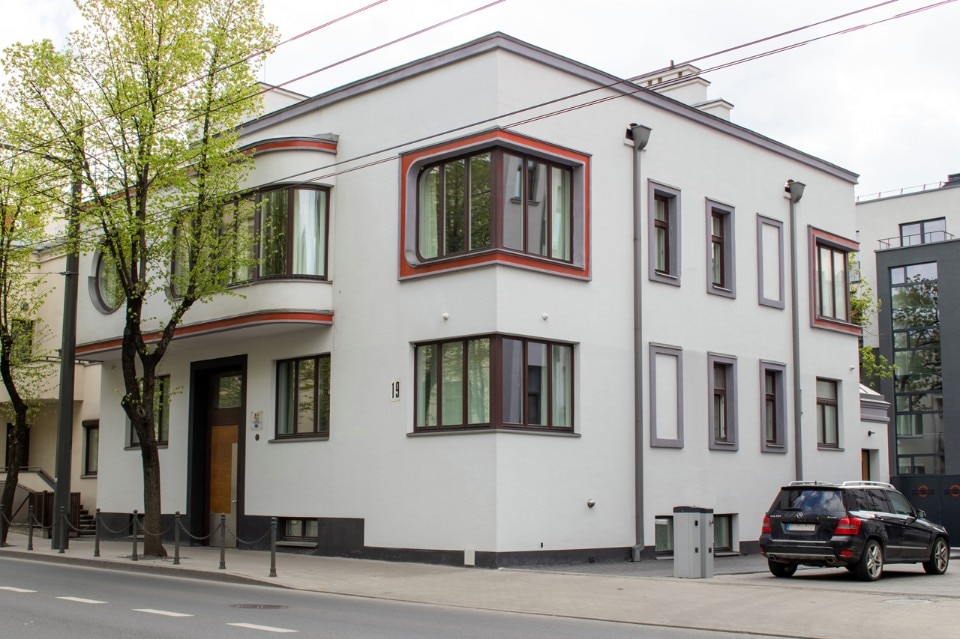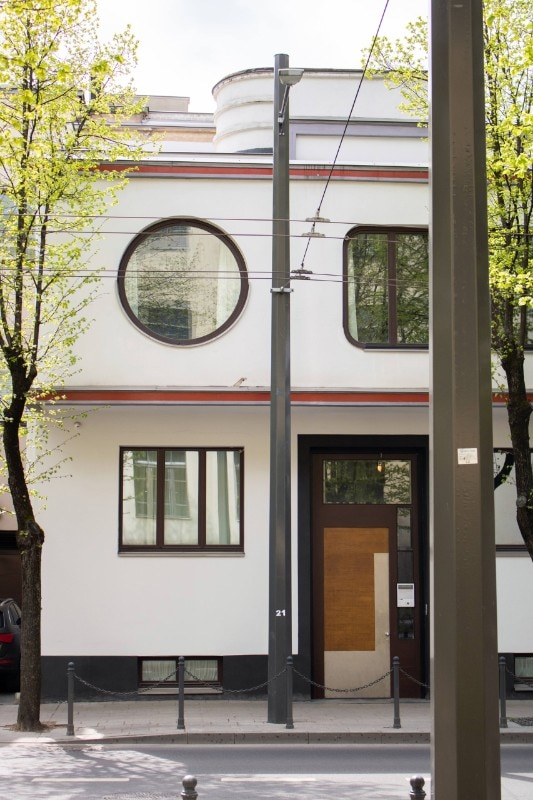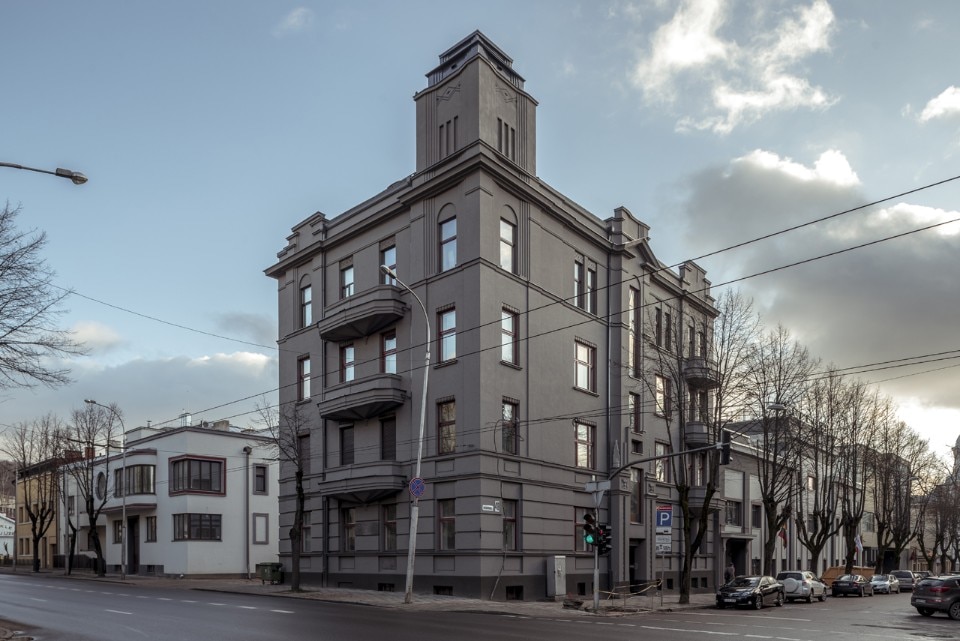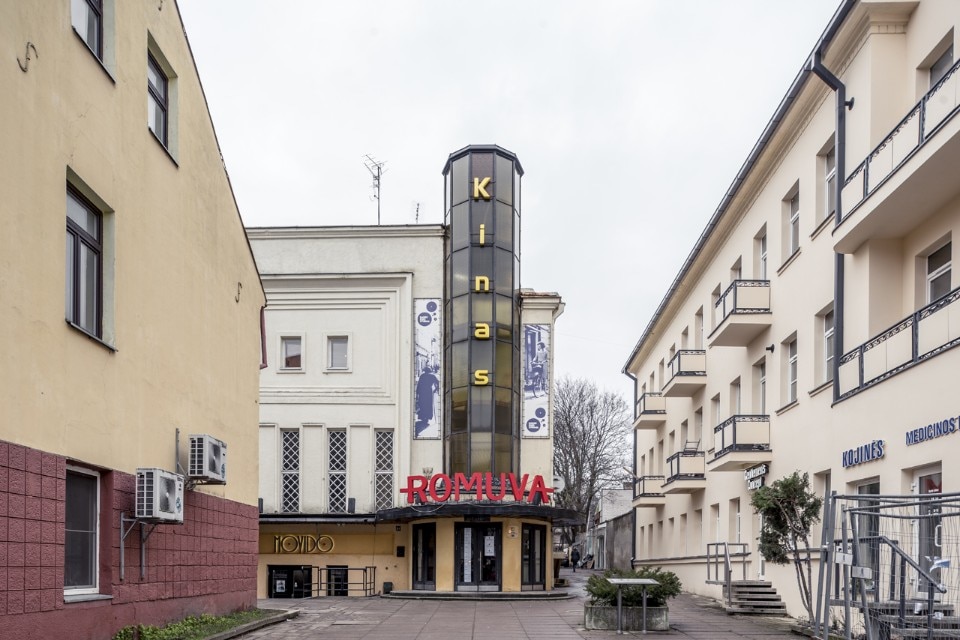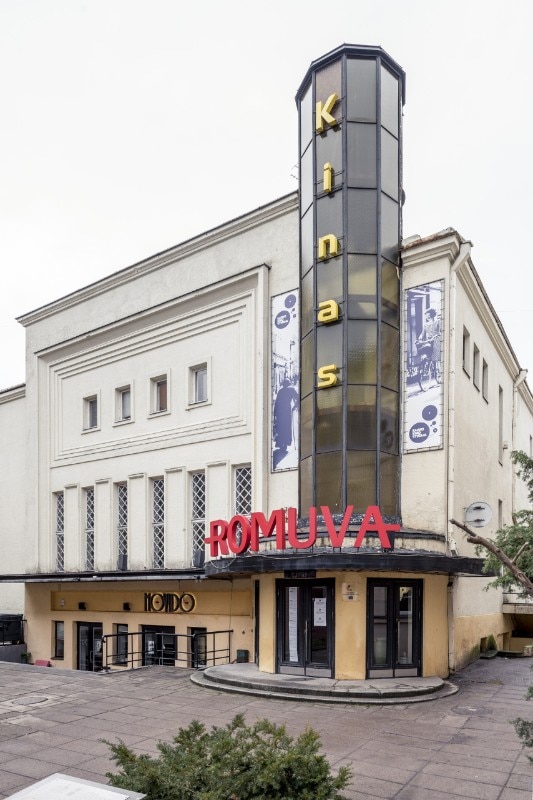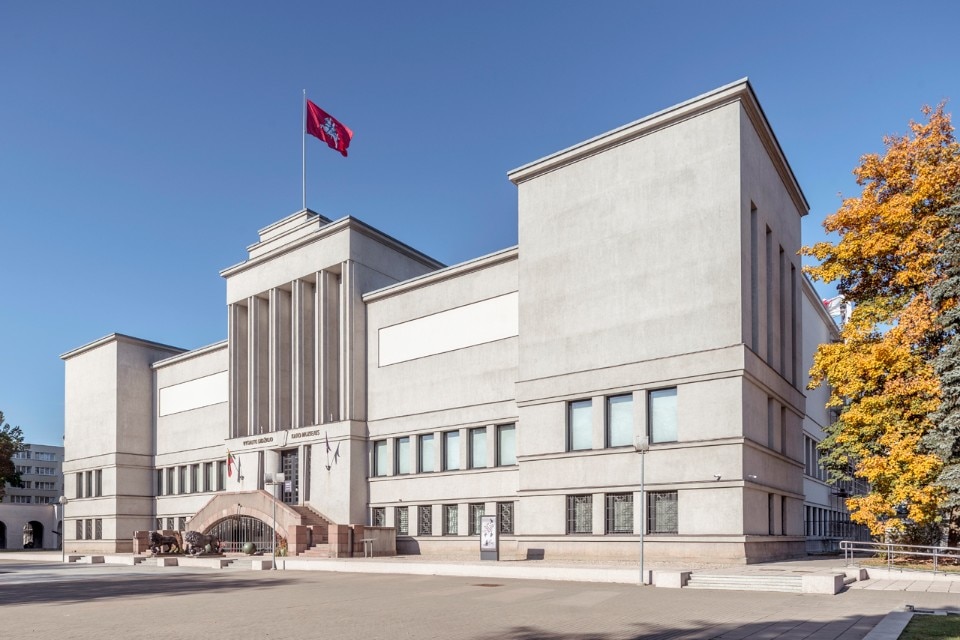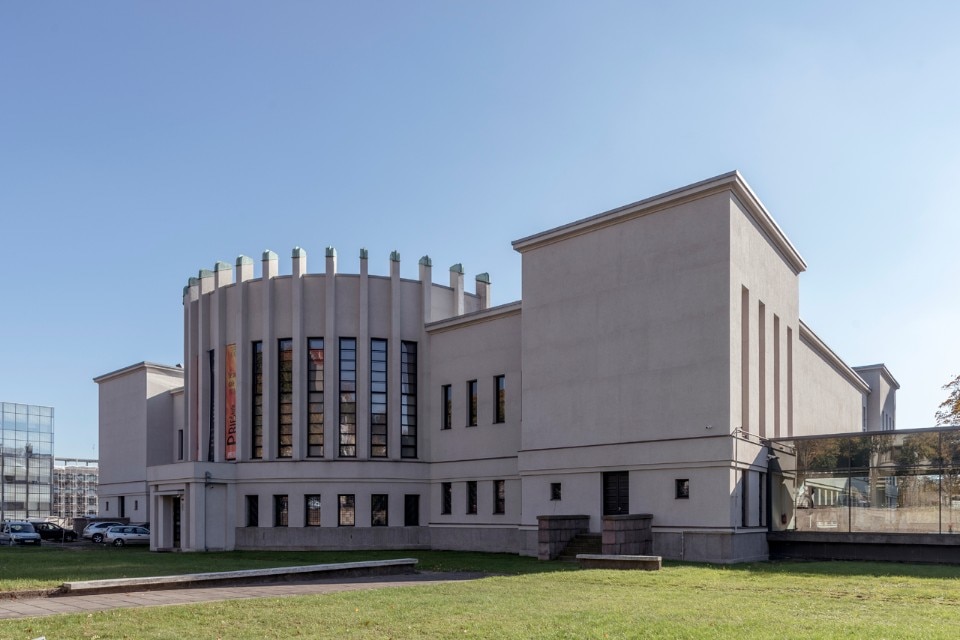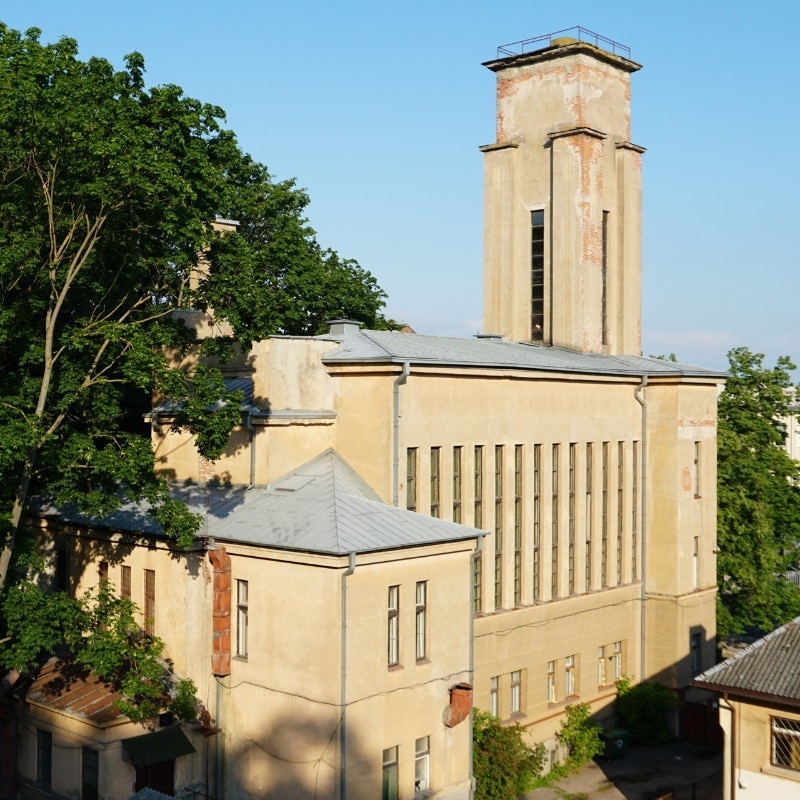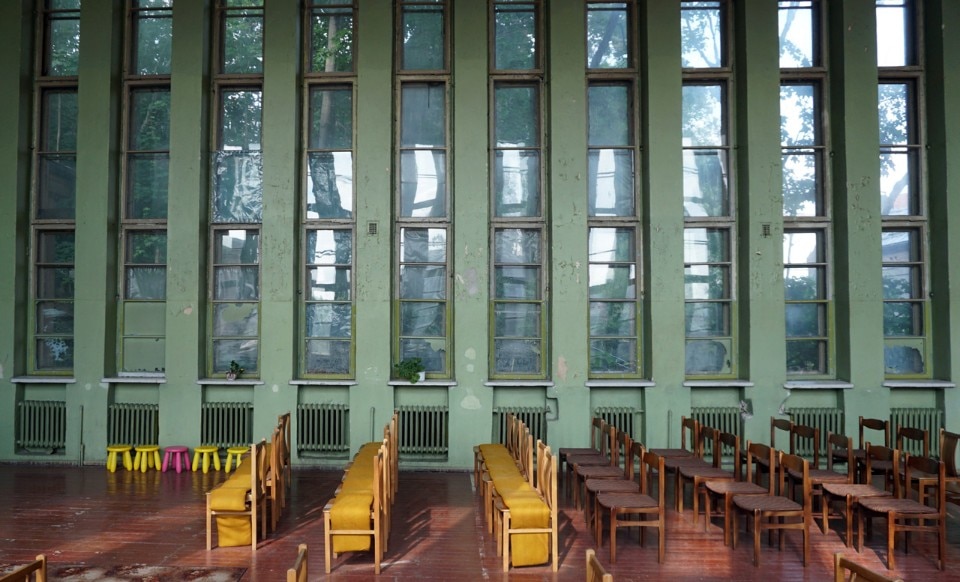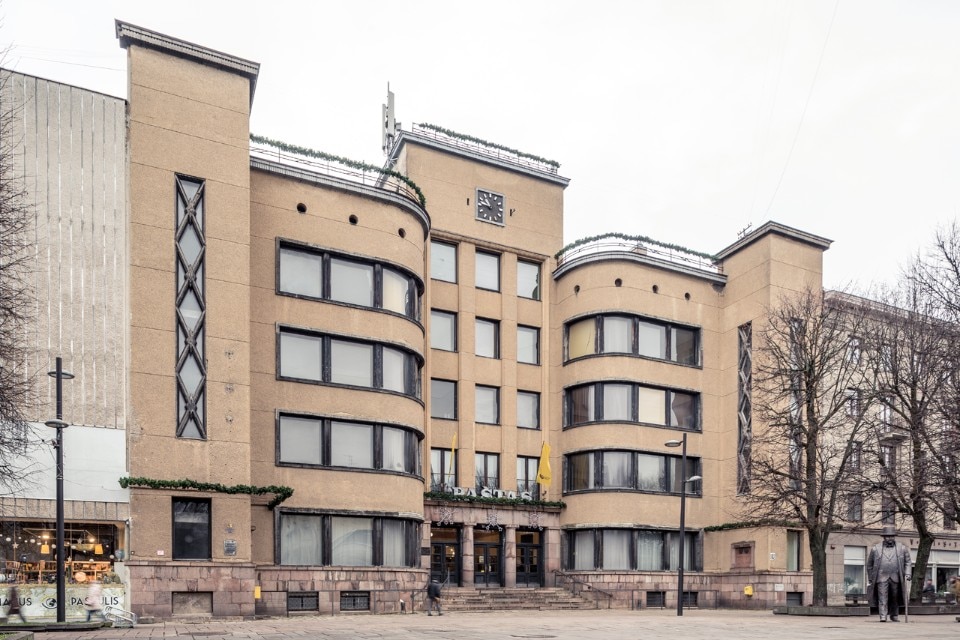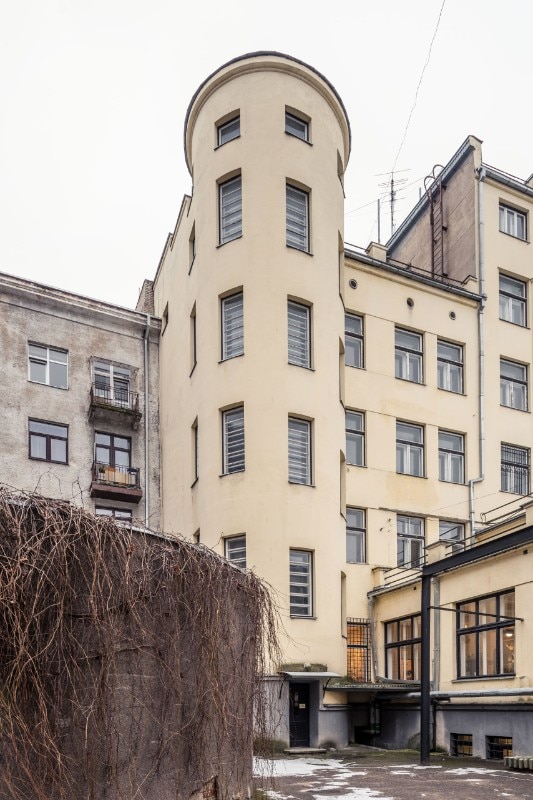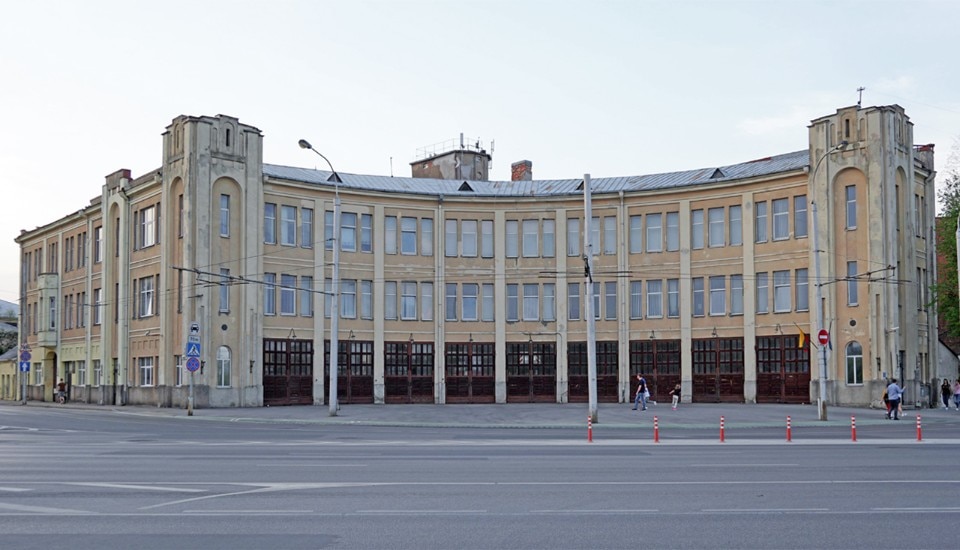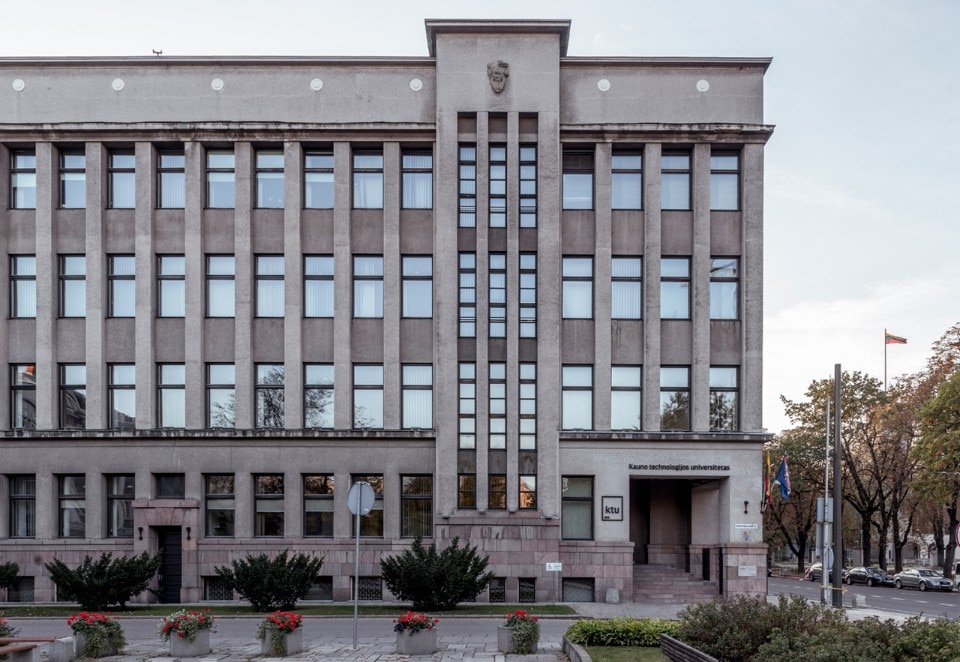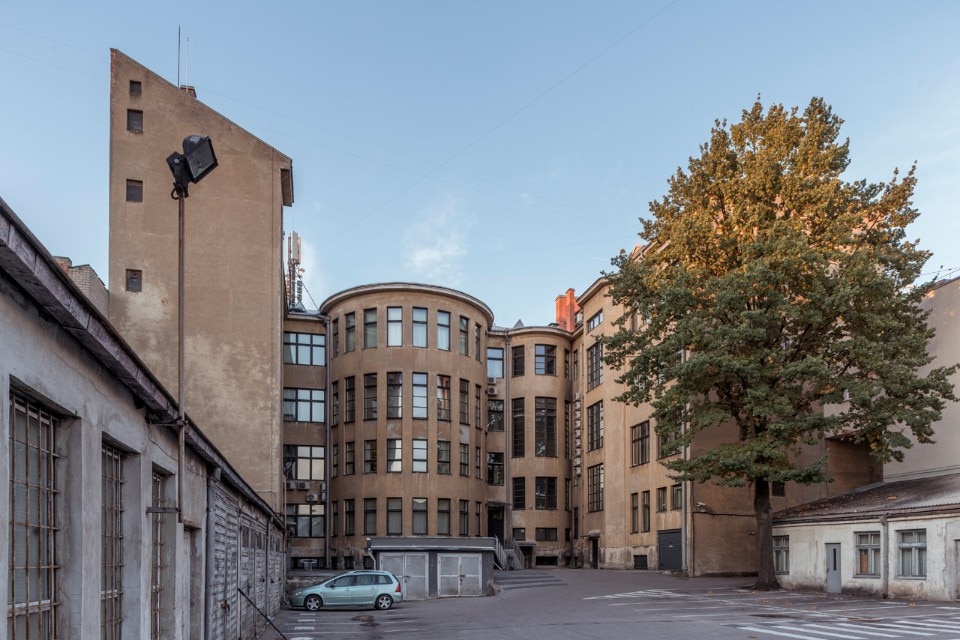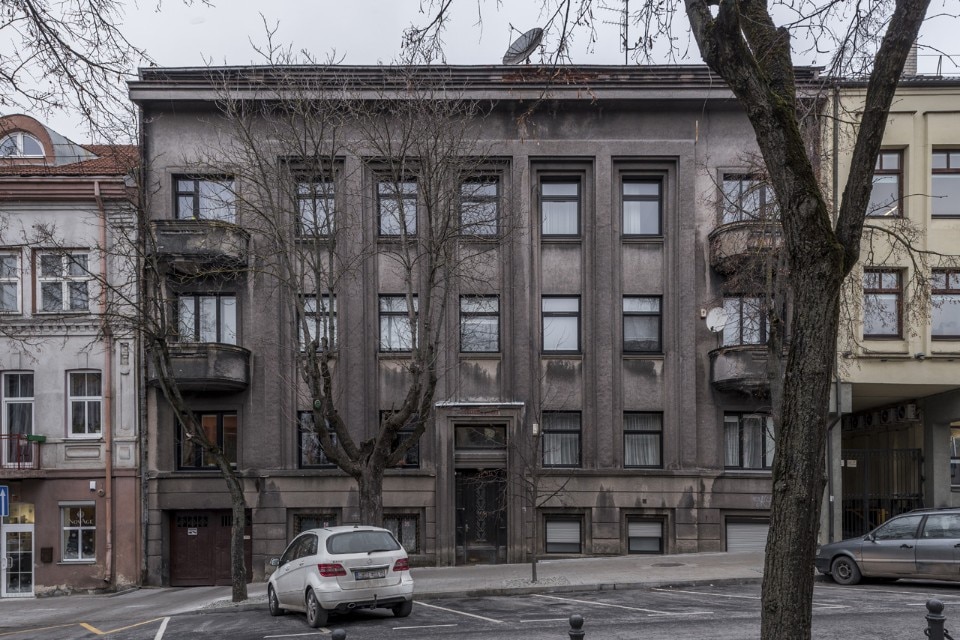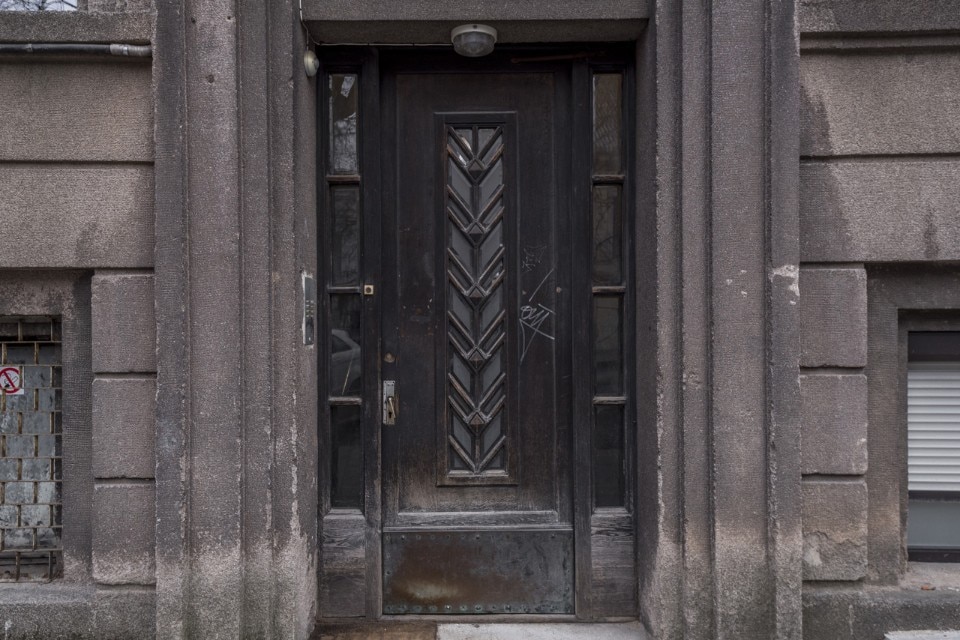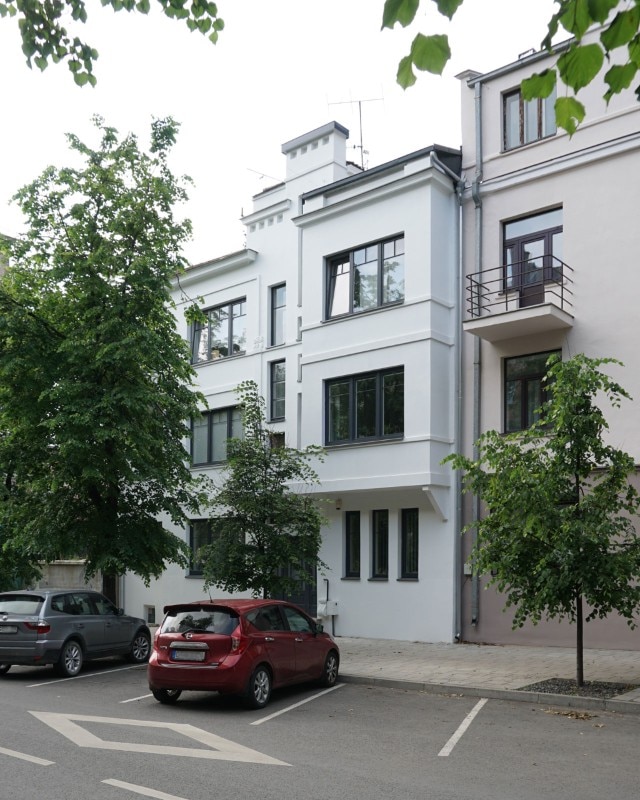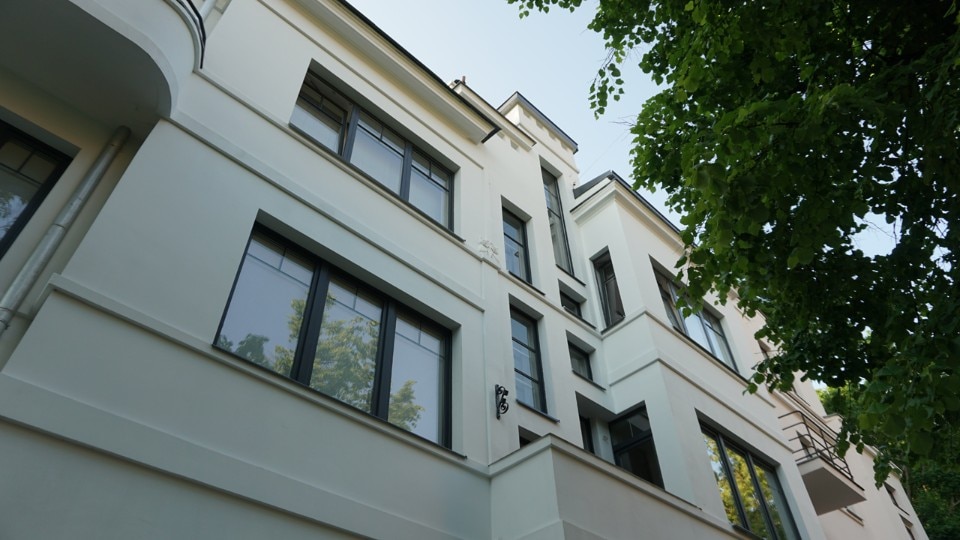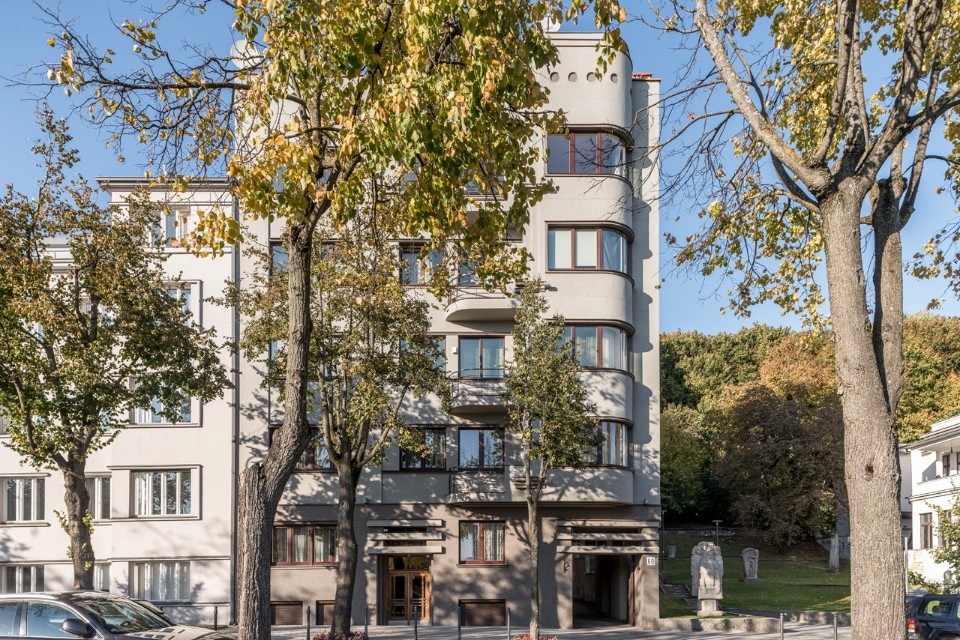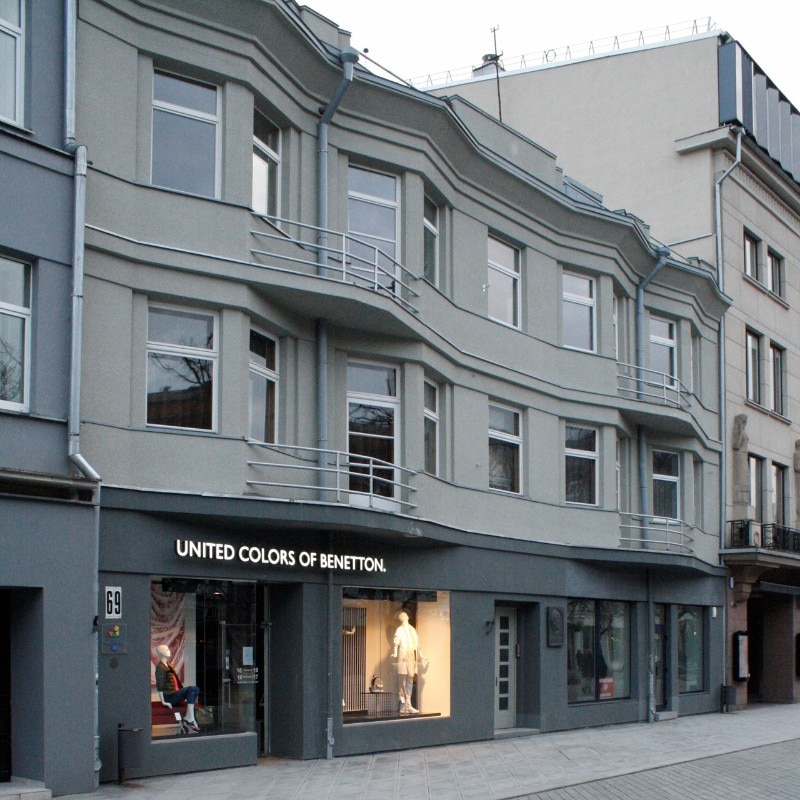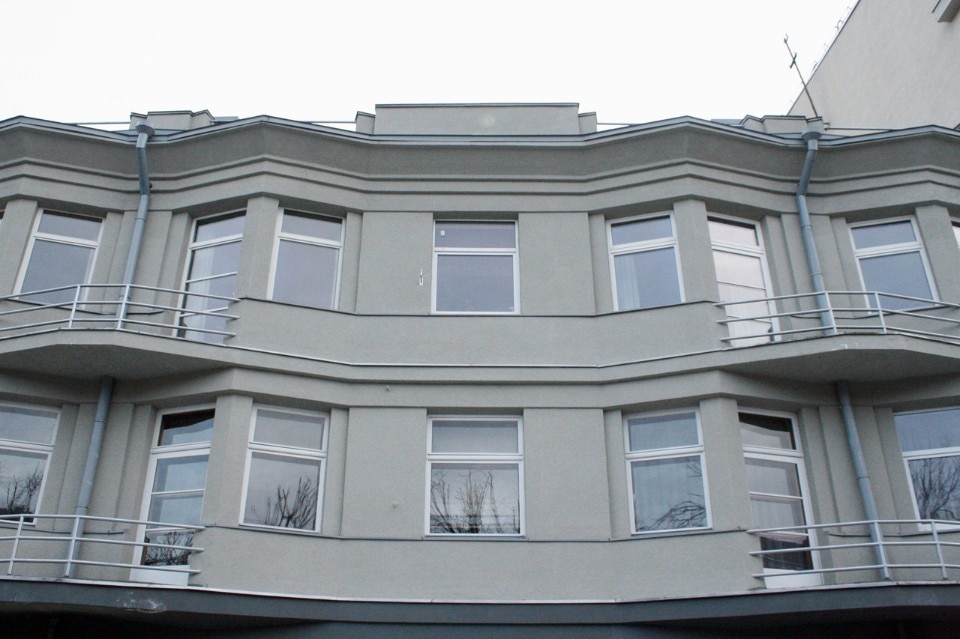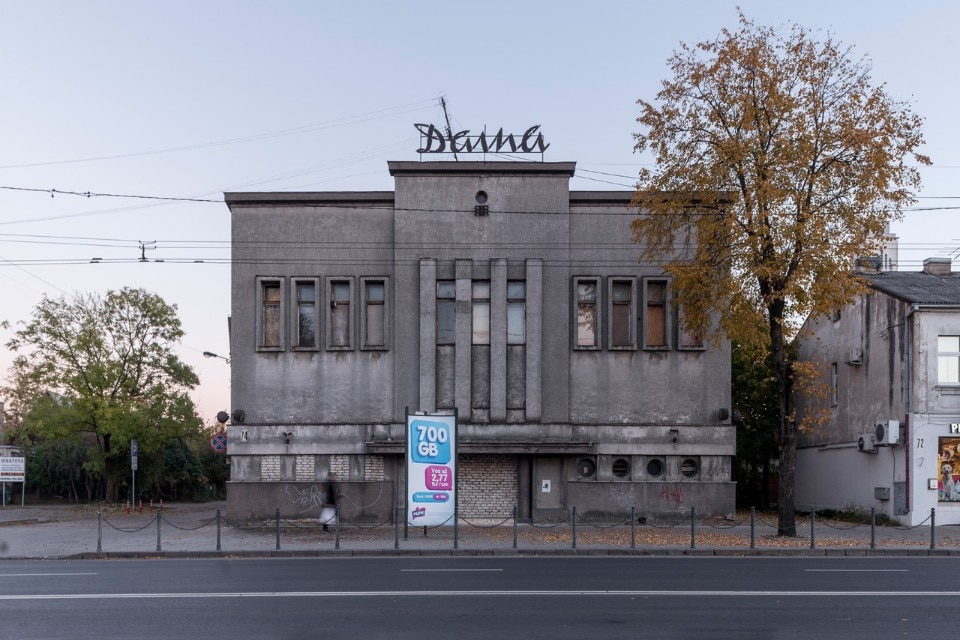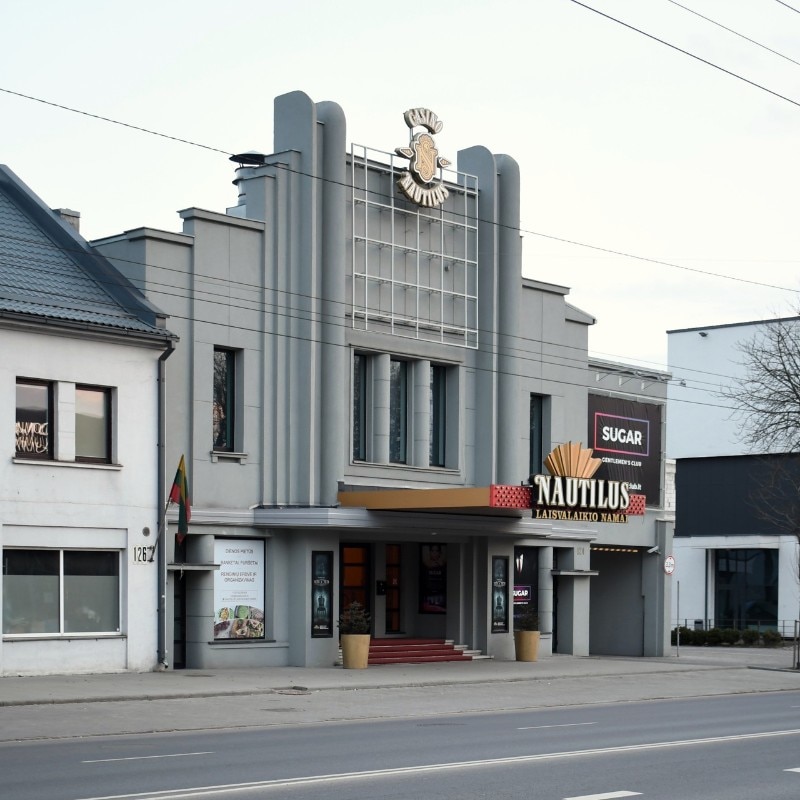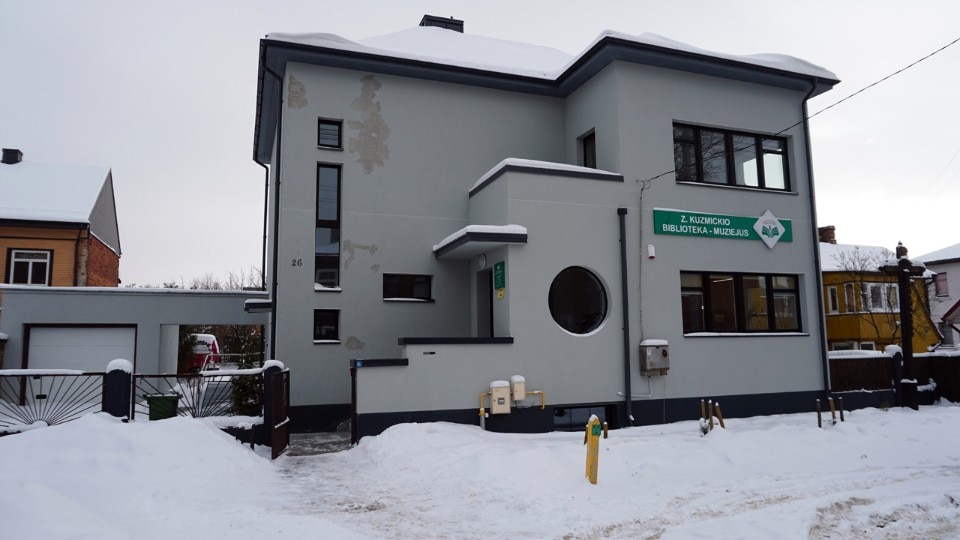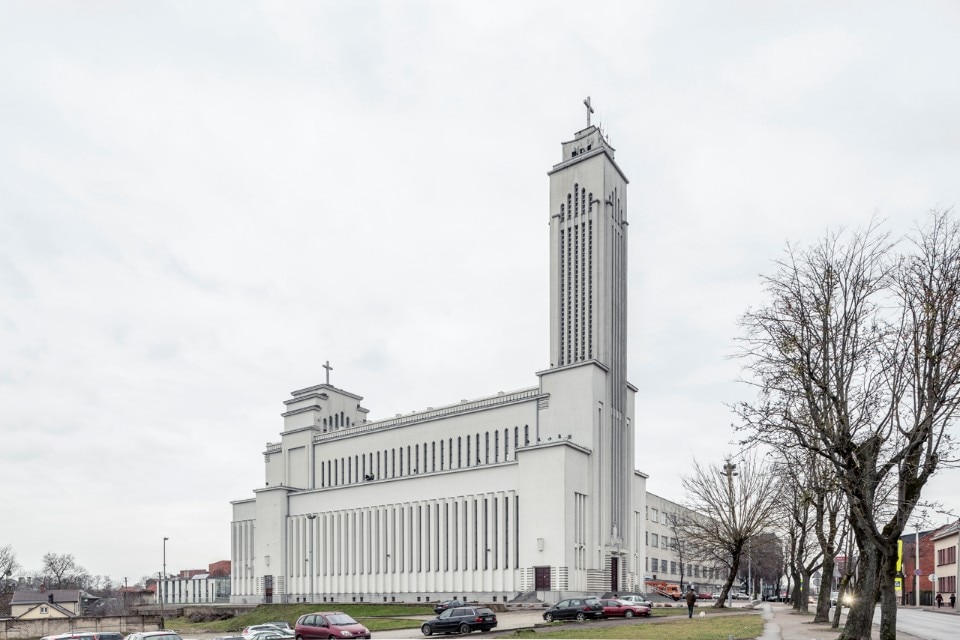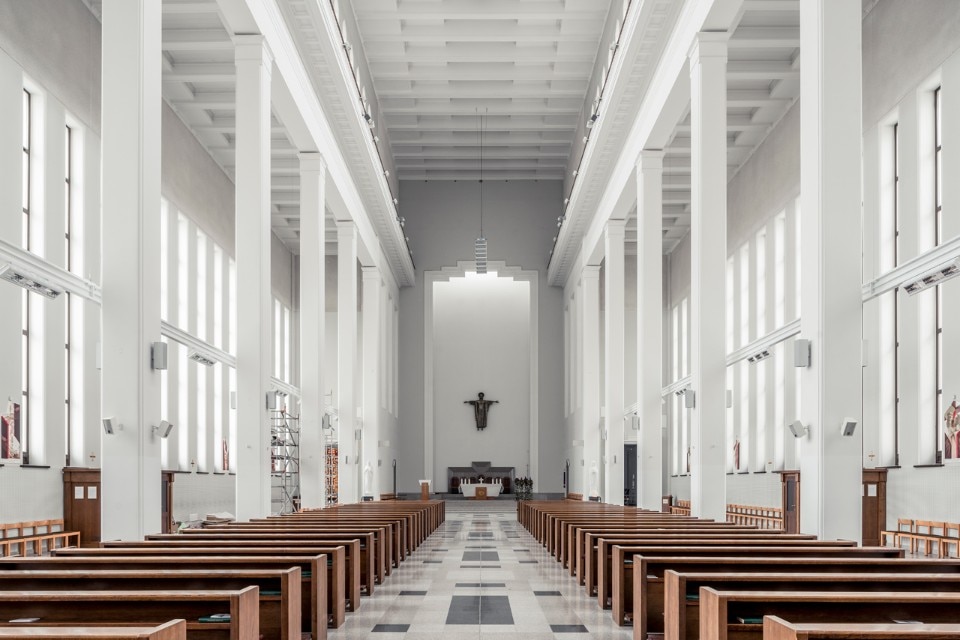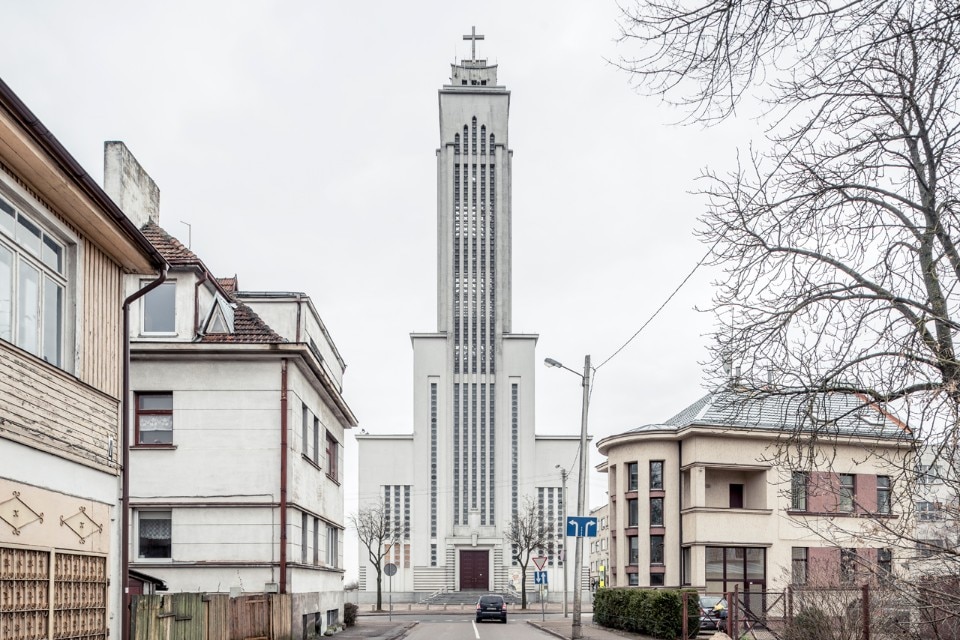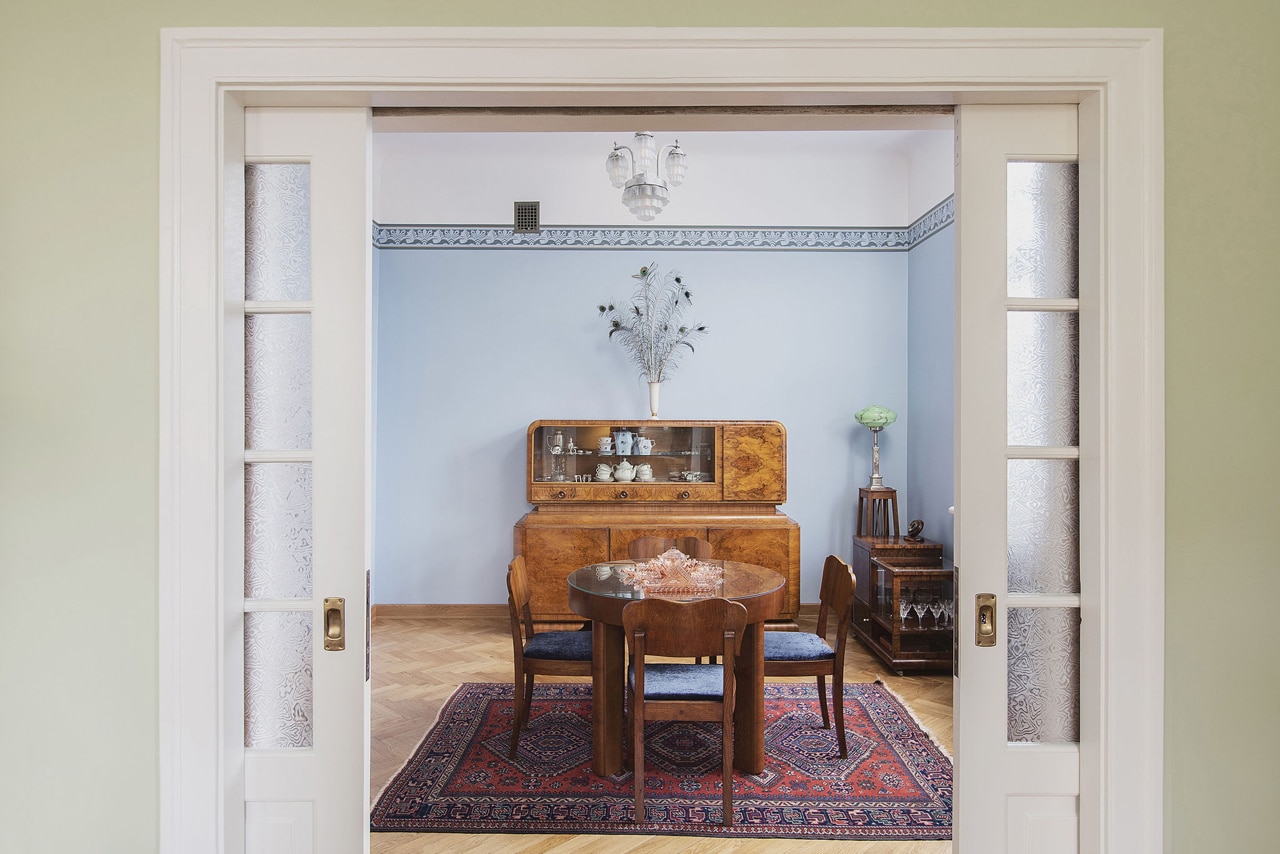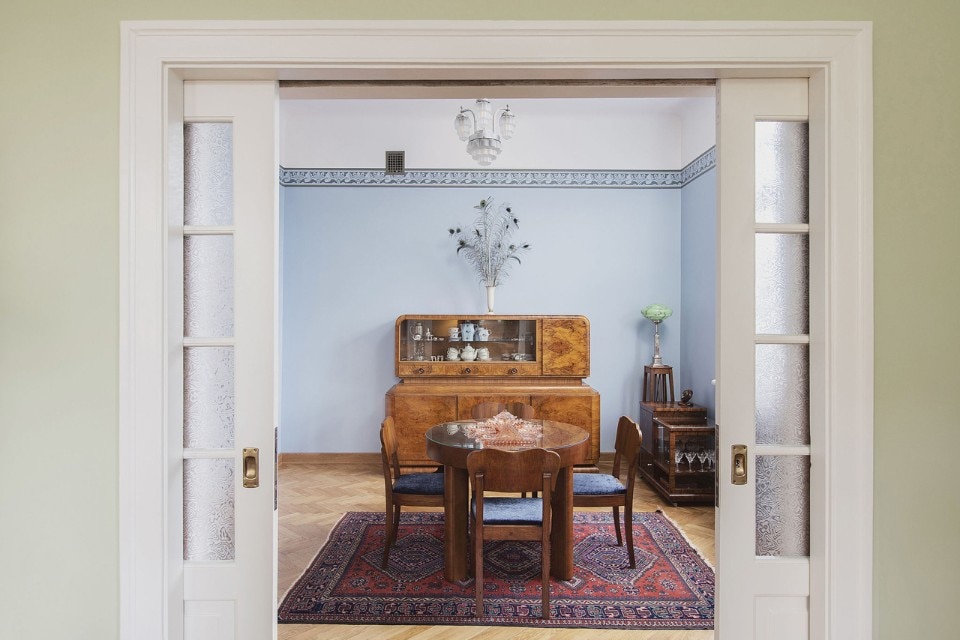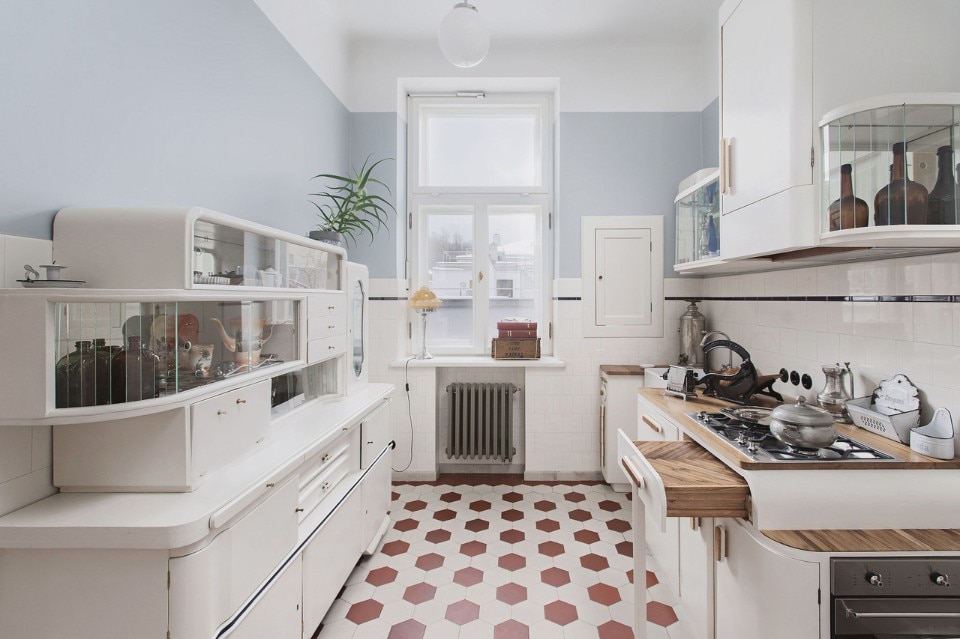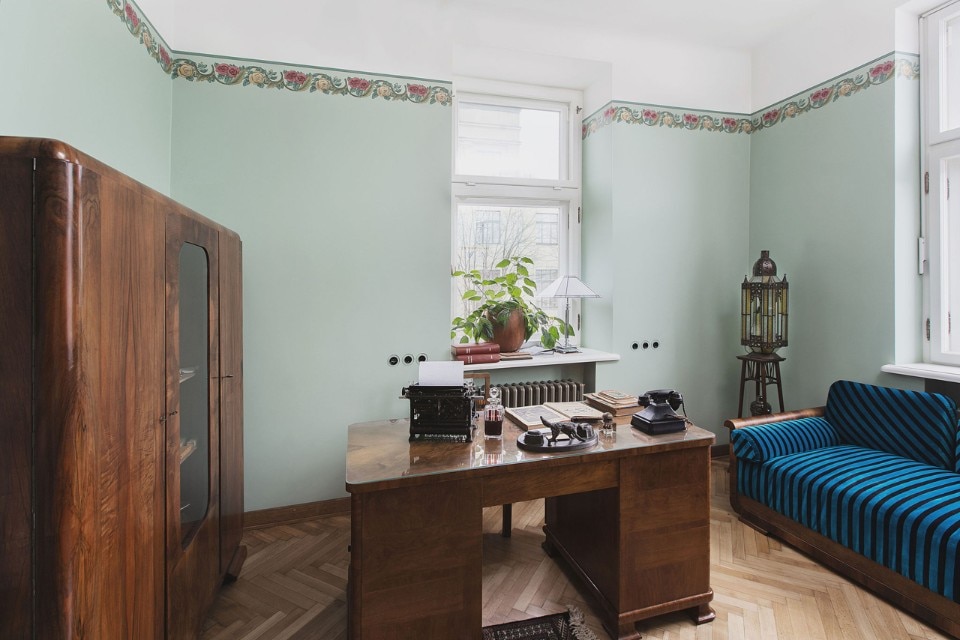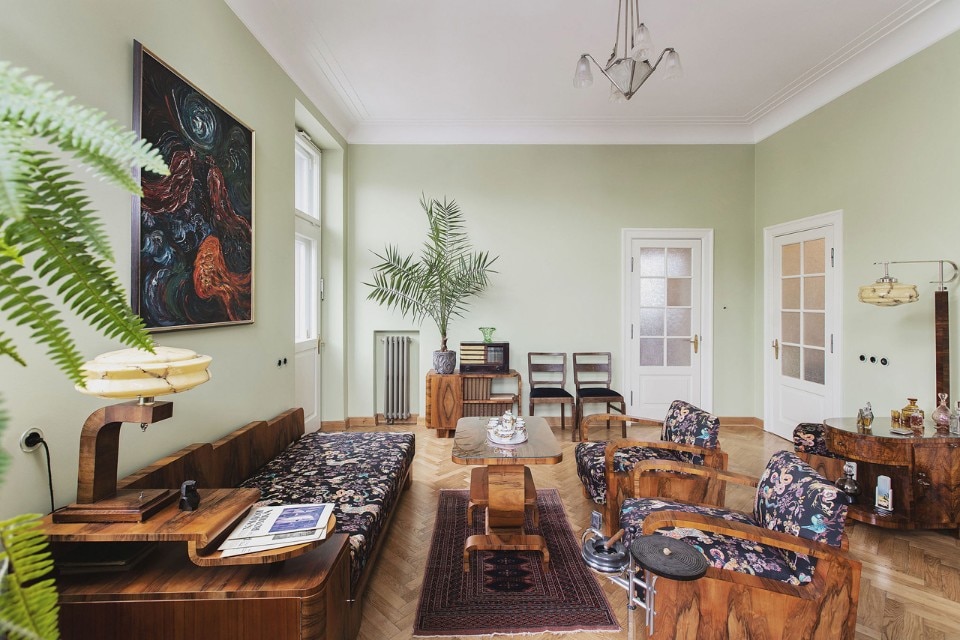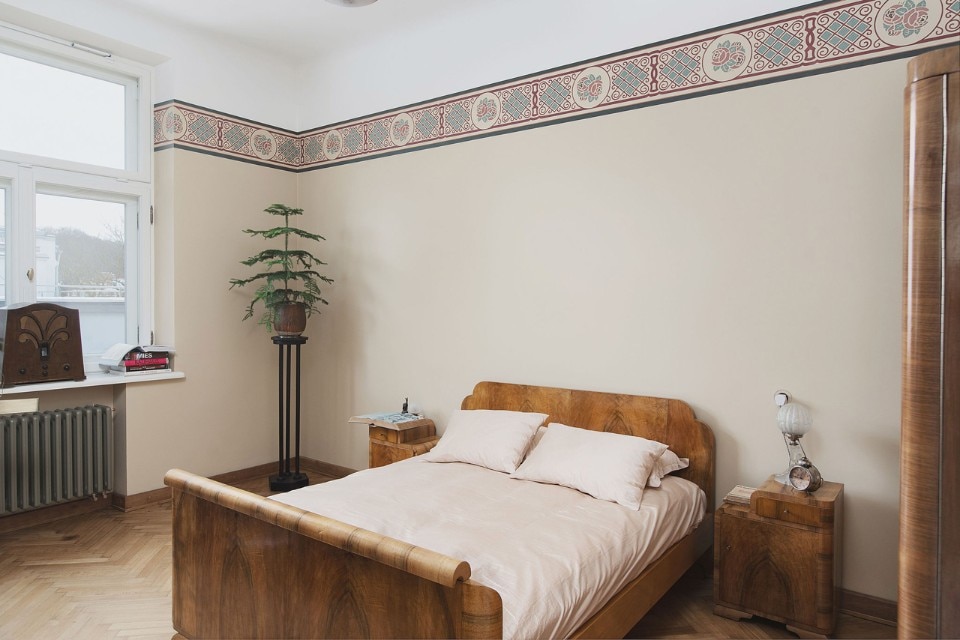In 2022 as in previous years, European culture will have its capital cities. Three players have just taken on the role: Esch-sur-Alzette in Luxembourg, Novi Sad in Serbia, and Kaunas in Lithuania.
Some may ask – as it happened – whether this second generation of small, sometimes unknown capitals is nothing more than a somewhat forced stratagem to generate more tourism and some entertainment. Well, the Kaunas case can be easily mentioned to calmly answer that no, the levels of complexity mobilised by such European opportunities are a little deeper and multifaceted: entire urban systems are often reactivated in all their components, and niches of peculiarity are revealed to an international public avoiding the risk of remaining neglected – despite the global visibility of anything nowadays – often exposed to the danger of cancellation, the most infamous, cruel and undoubtedly efficient classmate of oblivion.
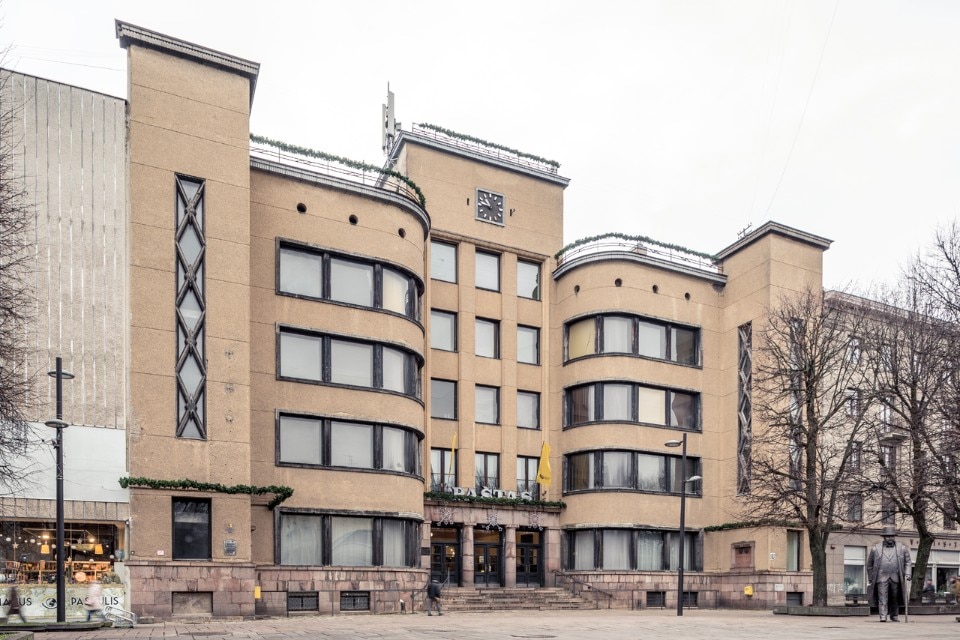
Kaunas, for instance. Between the two world wars, when the capital of Lithuania – Vilnius – was annexed by Poland, this small city wedged at the confluence of two rivers became the capital itself, this resulting in both a political and urban bombshell for an otherwise medium-sized reality like it used to be: new public buildings were needed, a new population arrived, a new bourgeoisie with a new need for architecture, promptly intercepted by professionals who often had an international education background, trained in Russia or Germay, but also France and Italy.
The result was what scholars have called Kaunas Modernism, a hybrid language contaminating a rationalist matrix with deco, rewriting a past of romantic and eclectic tradition. An unparalleled unicum, translated into a heritage of over 6000 buildings, many of which are currently in a neglected condition.
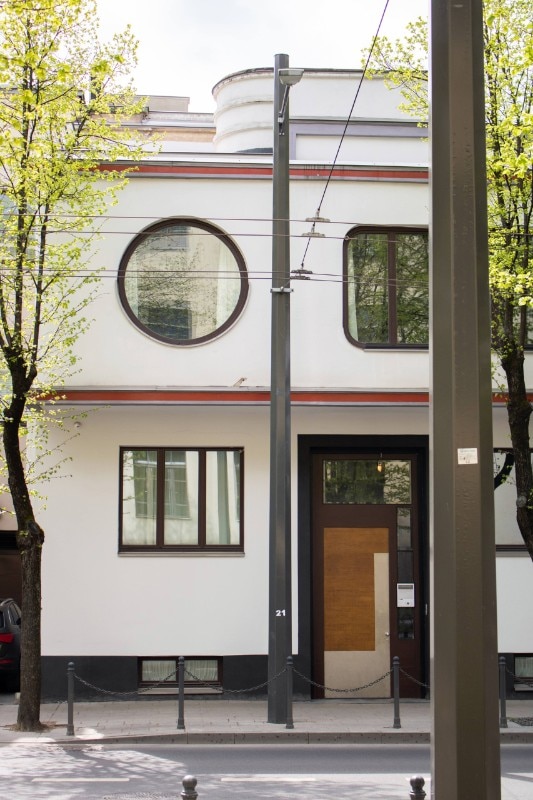
One of the pillars on which the Kaunas 2022 European Capital of Culture programme is resting is called Modernism for Future, aiming to give this heritage the role of a contemporary turning point, leading the urban reality out of the ordinary preservation vs. market stalemate situation. The point acknowledging the existence of this heritage as the most fundamental building material to the uniqueness of the city.
Where can all this be discovered? In that completely unusual landscape, if compared to European city clichés, that is modern Kaunas, where a very broad fabric of modernist buildings rests on a forest-like matrix of vegetation. For those who did not grow up there, this combination of unprecedented elements of scale, nature, artificiality and style is delivered as a ‘typical urban scene’, constantly texturing the different areas of the modern city, shaded by the hills that attracted a new urban bourgeoisie a century ago, studded with places that record its memory.
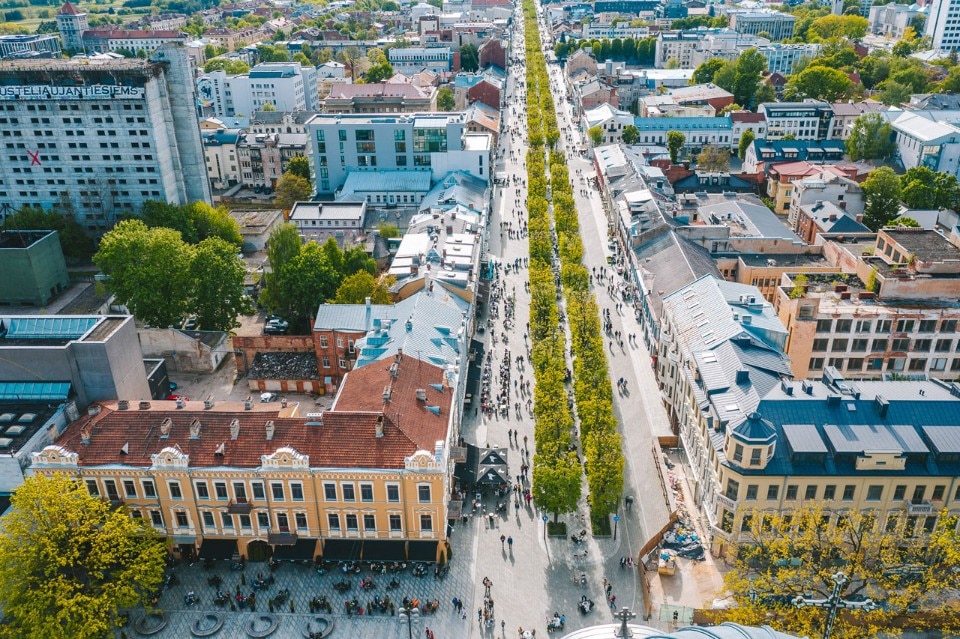
One of these type scenes develops between Ramybės Park and Donelaičio Street: the park has a strong power over the city’s memory – it was a cemetery of different religions until it was cleared by the Soviets in 1959 – and the surrounding streets are lined with the most impressive residences with an important history, the apartment buildings for Elias Schneider or dr. Kalvaitytė with their sharp lines, the birthplace of George (Jurgis) Maciunas, co-founder of the Fluxus movement, and the house of the philosopher Emmanuel Levinas.
Leaning against the hills, this scene slowly fades into the public city one draws closer to the old medieval settlement. On this land of the in-between many public buildings blossomed, some of them to become true icons of local modernism: first of all the former Central Post Office, then the War Museum which is also a museum of culture dedicated to the artist Čiurlionis, the Evangelical Reformed Church as well as the Romuva cinema with its glass tower.
Climbing the hill of Žaliakalnis, the of the Christ’s Resurrection church, which has become a true landmark for Kaunas, introduces us to a whole new setting within the city environment, albeit fully involved in the capital years transformation, which is also full of cinemas, university buildings, schools and residences that stretch along the road that runs outside the city for miles without a single bend through the Lithuanian interior.
The challenge surrounding this peculiar heritage is slightly different from other heritage valorization stories that have come up in recent years: first of all it is a largely private heritage; more generally, then, it is not at the end of some first life, waiting to find a new one. All the buildings are in the middle of their useful life, during which all of them have already changed roles and layouts a number of times: investing in their value of use, making them an active part of the contemporary city, is seen as the thing that can guarantee their survival, in spite of an increasing ferociousness of real estate markets.
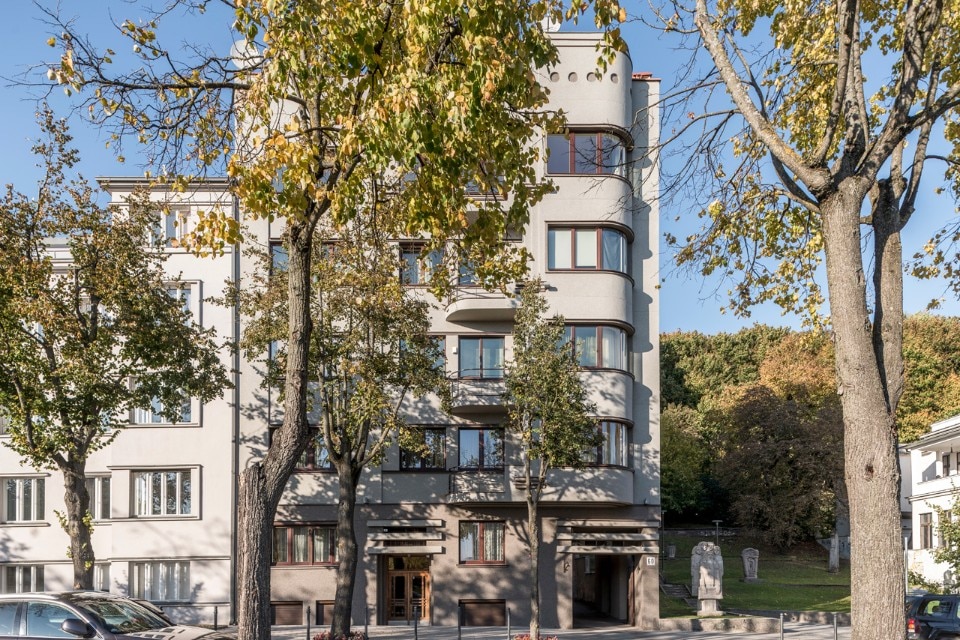
This is why, in its year as European capital, Kaunas is not only organizing, within the Modernism for Future track, exhibitions and a conference dedicated to this heritage, not only it is making it an active character of new films and shows: it is directly inviting people to live inside it. Those who visit the city this year, through the Bed & Culture initiative belonging to a larger hospitality program, can in fact stay and live in some of the modernist houses that have made the city so unique within the landscape of European architecture.


